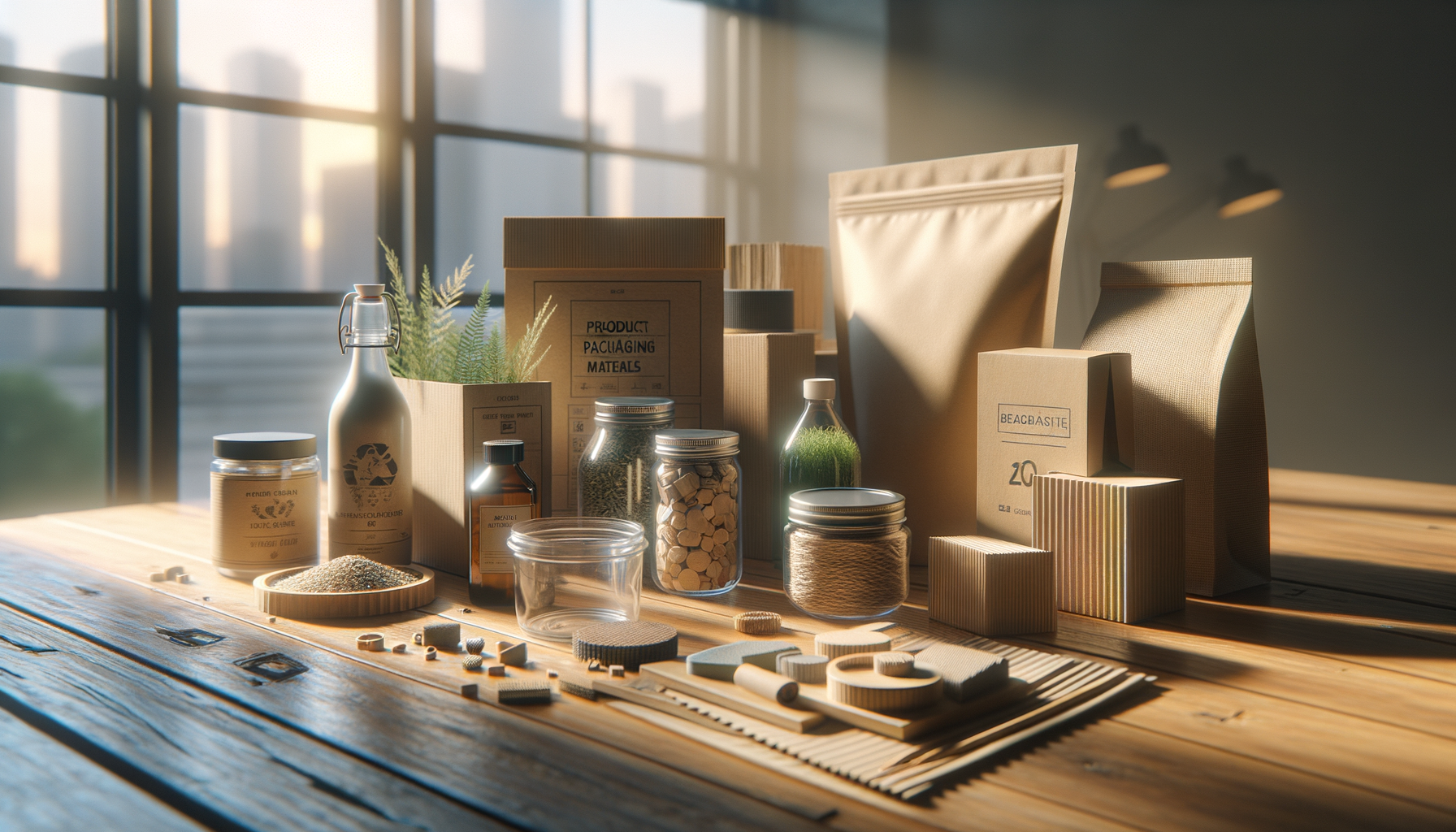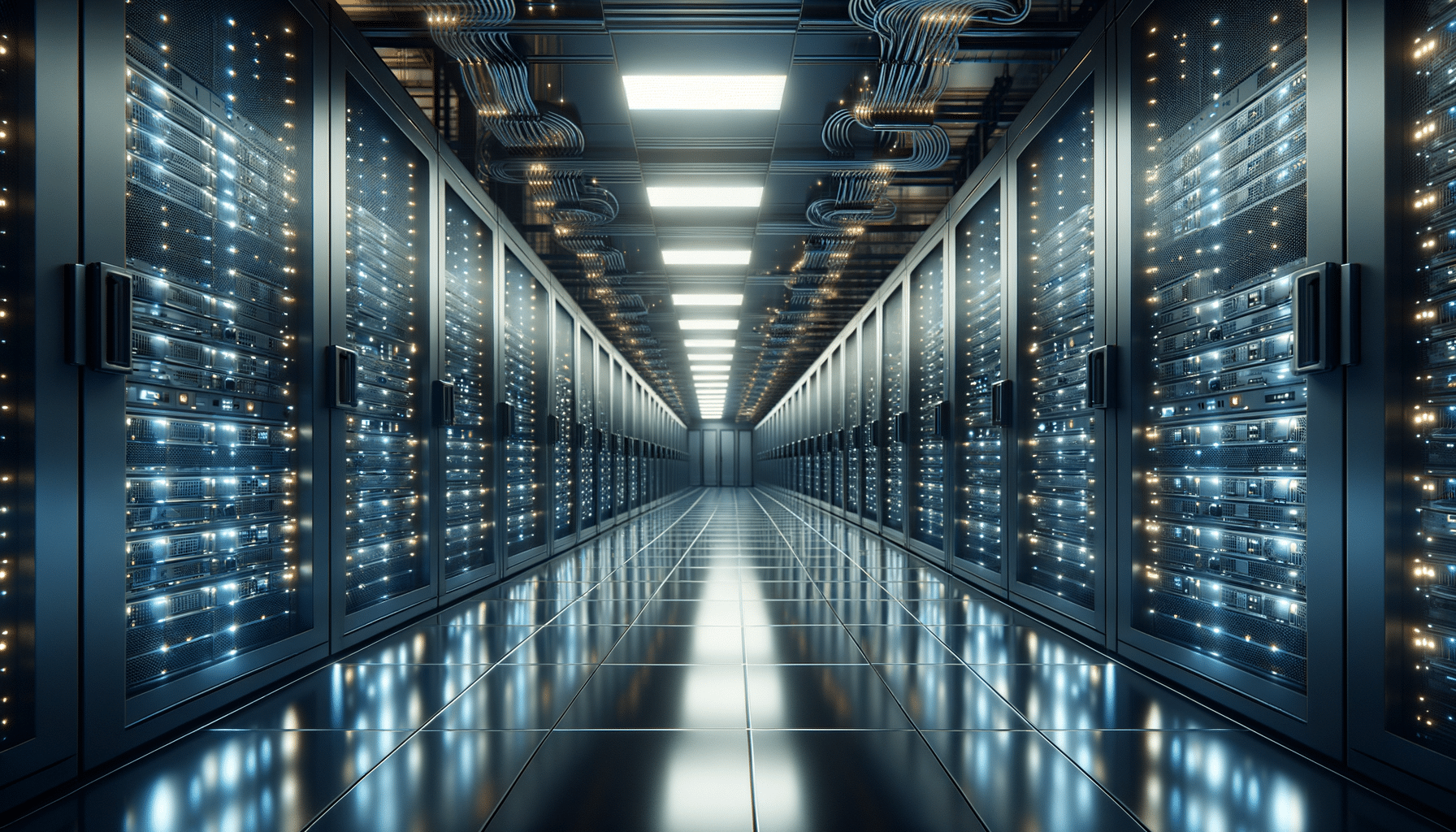
The Art and Science of Product Packaging
The Role of Product Packaging in Modern Commerce
Product packaging has evolved from a mere necessity to a strategic element in marketing and branding. In today’s bustling market, where consumers are inundated with countless options, the packaging of a product can significantly influence purchasing decisions. Modern packaging serves multiple purposes: it protects the product, provides information, and enhances the consumer’s experience. Notably, it also plays a crucial role in differentiating a brand in a competitive landscape.
Packaging is not just about aesthetics; it’s about functionality and sustainability. As environmental concerns grow, consumers are increasingly looking for packaging solutions that are eco-friendly. This shift has led companies to innovate and adopt sustainable practices, such as using recyclable materials or reducing packaging waste.
Moreover, packaging acts as a silent salesperson on the retail shelf. It communicates the brand’s values, appeals to the target audience, and can even tell a story. The design, color, and material of the packaging can evoke emotions and create a connection with the consumer. Therefore, investing in quality packaging is not just about protecting the product, but also about building brand loyalty and enhancing the user experience.
Innovative Packaging Designs and Their Impact
Innovation in packaging design has seen remarkable growth, driven by advancements in technology and changes in consumer preferences. One of the most significant trends is the use of smart packaging, which incorporates technology to provide additional value to the consumer. For instance, QR codes on packaging can offer instant access to product information, usage tips, or promotional content.
Another trend is the customization of packaging to enhance the personal connection with consumers. Personalized packaging can create a unique experience, making the product feel special and tailored to the individual. This approach is particularly effective in industries like cosmetics and food, where the personal touch can significantly impact consumer loyalty.
Furthermore, the rise of e-commerce has influenced packaging design. Products that are sold online require packaging that is not only protective but also visually appealing when viewed on a screen. This has led to the development of packaging that is both durable for shipping and attractive for online presentation.
Sustainability and Environmental Impact
As awareness of environmental issues grows, sustainability in packaging has become a priority for both consumers and companies. The demand for eco-friendly packaging solutions is reshaping the industry. Many companies are now focusing on reducing their carbon footprint by using biodegradable materials, minimizing packaging layers, and optimizing logistics to reduce waste.
Biodegradable and compostable packaging options are gaining popularity, especially in the food and beverage industry. These materials break down naturally, reducing the impact on landfills and the environment. Moreover, companies are investing in innovative materials, such as plant-based plastics and recycled paper, to meet consumer expectations for sustainable products.
However, achieving sustainability in packaging is not without its challenges. It requires balancing cost, functionality, and environmental impact. Companies must carefully consider these factors to develop packaging solutions that are both sustainable and economically viable.
The Psychology Behind Packaging Design
The psychology of packaging design is a fascinating aspect of product marketing. The way a product is packaged can significantly influence consumer perception and behavior. Colors, shapes, and textures all play a role in how a product is perceived. For instance, luxury products often use packaging with rich colors and textures to convey exclusivity and quality.
Moreover, the use of imagery and typography can evoke emotions and create brand associations. A minimalist design might suggest sophistication and modernity, while a vintage-inspired design could evoke nostalgia and trust. Understanding these psychological triggers allows companies to design packaging that resonates with their target audience and enhances the overall brand experience.
Packaging design also considers cultural differences and regional preferences. A design that works well in one market might not be effective in another. Therefore, companies often tailor their packaging to meet the specific tastes and expectations of different consumer groups.
Future Trends in Product Packaging
The future of product packaging is set to be shaped by technology, sustainability, and personalization. As technology advances, we can expect to see more integration of smart features in packaging, such as augmented reality experiences and interactive elements that enhance consumer engagement.
Sustainability will continue to be a driving force in packaging innovation. Companies will focus on developing materials and processes that reduce environmental impact while maintaining functionality and cost-effectiveness. This might include innovations in bio-based materials, reusable packaging systems, and more efficient recycling processes.
Personalization will also play a significant role in the future of packaging. With the rise of data analytics, companies can gain insights into consumer preferences and tailor their packaging to offer a more personalized experience. This could involve custom designs, limited edition packaging, or even packaging that adapts to individual consumer needs.
Overall, the future of product packaging is poised to be dynamic and exciting, driven by a blend of technological advancements, environmental consciousness, and consumer-centric design.


